Sustainably certified vineyards in Bordeaux have leapt from 35% in 2014 to 75% less than a decade later, but what does that really look like? Ellie Scott investigates some of the sustainable practices and consumer understanding in the region.
Despite the challenges presented by its damp, maritime climate, Bordeaux has made organic viticulture and sustainability of key importance in the region. At 110,000 hectares, Bordeaux’s vineyards make up the largest quality wine producing region in France, and 75% have a sustainable certification of some kind. So, what does sustainability look like in Bordeaux?
Certification
The most common certifications for sustainable and organic viticulture in Bordeaux include:
- HVE (Haute Valeur Environnementale) – HVE means High Environmental Value. Certified vineyards must conform to certain standards of biodiversity conservation, flora protection, management of fertilisers and water use.
- Terra Vitis – France’s sustainable certification, vineyards must adhere to standards in three pillars: preservation of the environment; social responsibility; and economic sustainability.
- AB (Agriculture Biologique) – France’s national certification for organic products established in 1985. No chemical treatments will have been used on the grapes for at least three years. Eurofeuille is the pan-European equivalent, a recognisable green label with white leaf design.
- Demeter / Biodyvin – Demeter is the international certifying body for biodynamic farming, while Biodyvin is solely for wine, and mostly used in France. There are set biodynamic practices which include working in harmony with the environment and moon cycles, adhering to the biodynamic calendar and using prescribed soil preparations made from natural materials such as plants, flowers and manure.
Consumer perceptions
Visiting wineries with consumers rather than other wine professionals offers a great opportunity for insights into how well these terms are understood, and how important they are. Organic produce has been in the public consciousness for many years, so there is a good understanding of what organic winemaking means as an extension of that. Biodynamic viticulture is a more specialist term. A straw poll revealed almost no knowledge amongst the average consumer of what biodynamic farming is.
Sustainability is a seemingly easier to understand term, although as it encompasses so many aspects of wine production, it can sometimes act as a catch-all without being defined. Wineries may follow sustainable practices such as reducing energy or water use, using recycled packaging, reducing transport emissions, or promoting biodiversity. Measuring sustainability therefore becomes difficult but should mean protecting the environment for the future in as many ways as possible.
Sustainable viticulture
At Château La Louvière in Léognan, a winery owned by the André Lurton family, they practice sustainable viticulture. This means no systematic treatments for diseases like mildew. Chemical sprays are used but only when necessary and timed precisely using vineyard weather monitors.
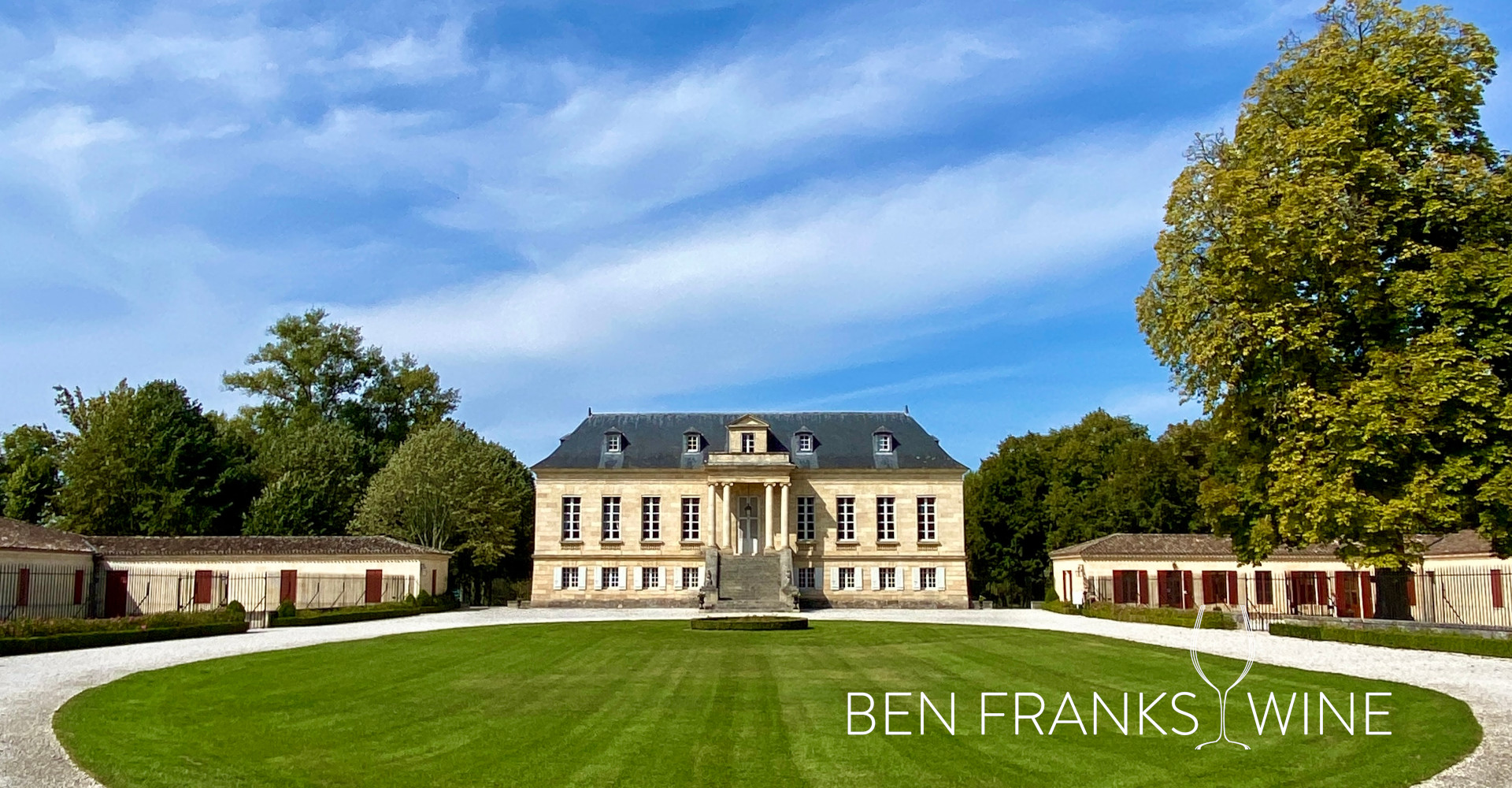
Château La Louvière in Léognan
They try to use as little as possible and to work with biodiversity in the vineyard to keep that need as infrequent as possible. As Wine Tourism Development Manager, Florence Ducros, points out, when intervention is needed on such a precise timescale, the whole team really needs to believe in what they are doing, as a frosty week for example may mean being in the vineyard at 4am every day, lighting straw to prevent the frost from settling. Ensuring they look after workers and the estate’s neighbours is just as important to them as protecting the flora and fauna.
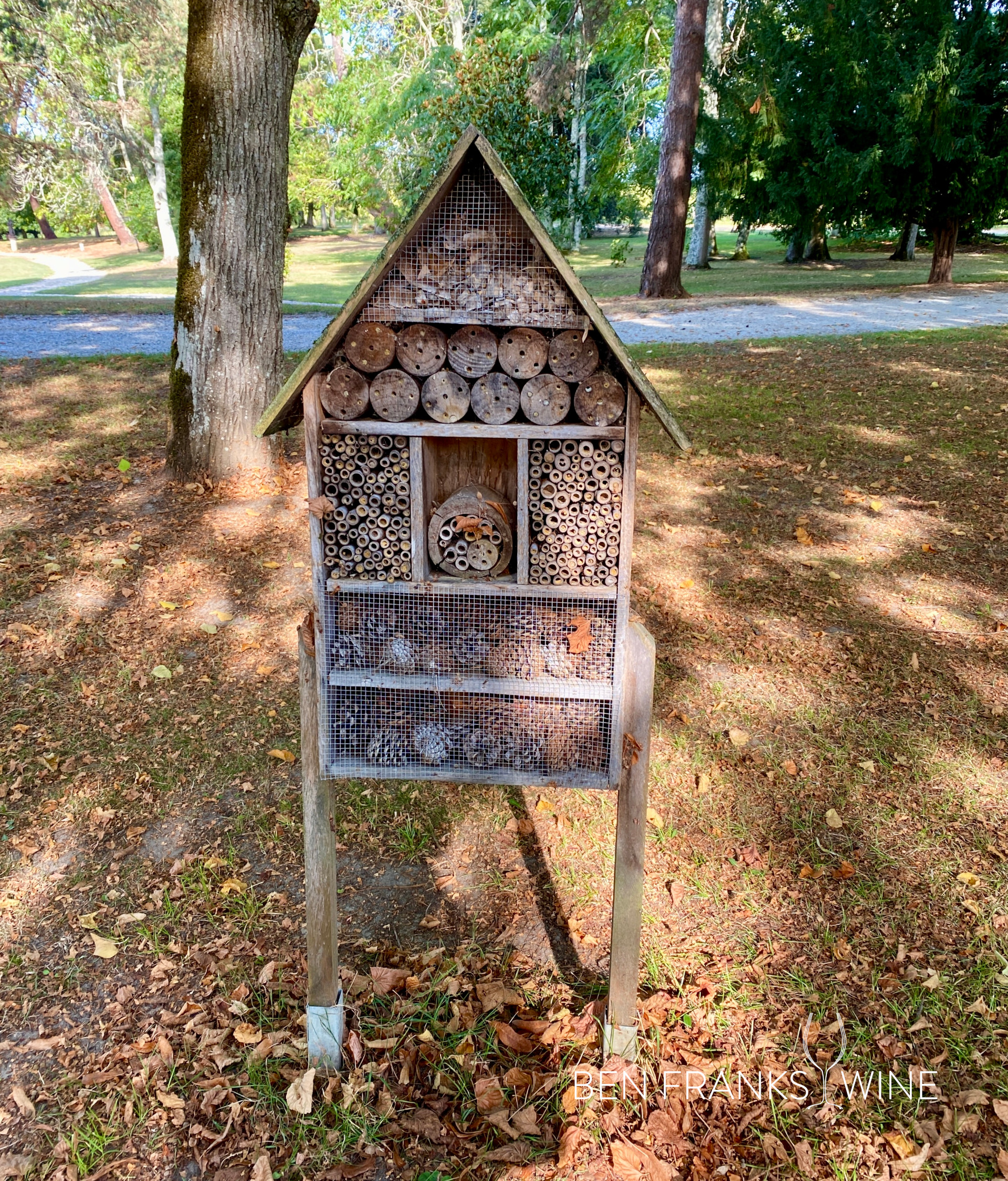
Château La Louvière’s bug hotel
Naturally Bordeaux
Naturally Bordeaux is a group of three estates all certified organic and all using at least some biodynamic practices: Château Jean Faure, Château Fourcas Hosten and Château de la Dauphine.
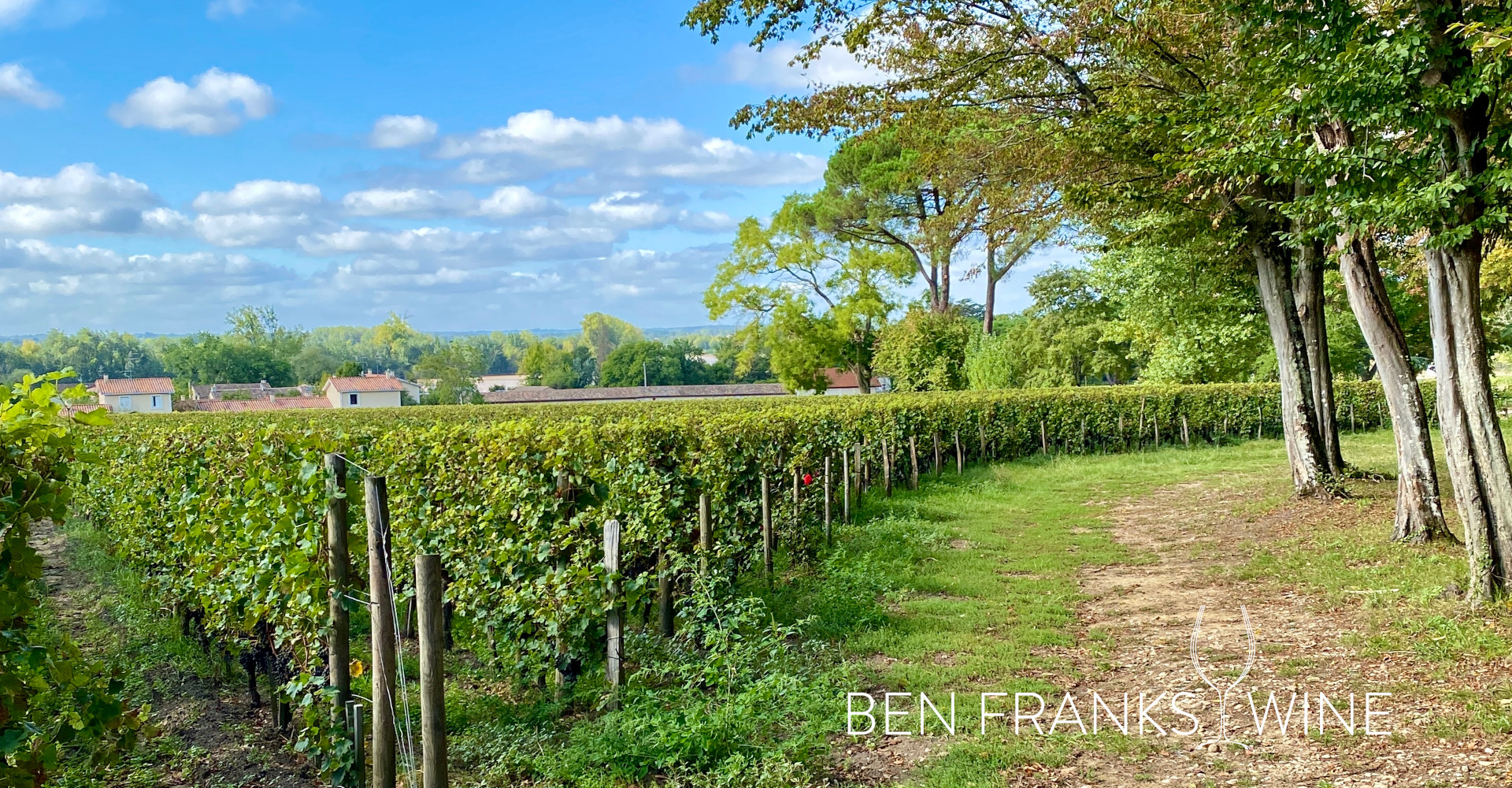
Vines at Chateau de la Dauphine
Château de la Dauphine is a Grand Cru vineyard in St Émilion. The estate has been certified organic since 2015 and has been fully biodynamic in the vineyards since 2017. They have chosen not to extend those biodynamic processes to the winery in order to retain some flexibility. Biodiversity has been increased by planting hedges to act as bridges for animal and insect life. Bat boxes encourage the natural predators of moths, and spiders are a welcome sight as it means they have plenty of insects to eat. Pheromone boxes are used for sexual confusion of grape moths and to stop the reproductive cycle without killing them. At both La Dauphine and Fourcas Hosten, sheep are brought into the vineyard in winter as natural lawnmowers and fertilisers, reducing the need for machinery and encouraging biodiversity.
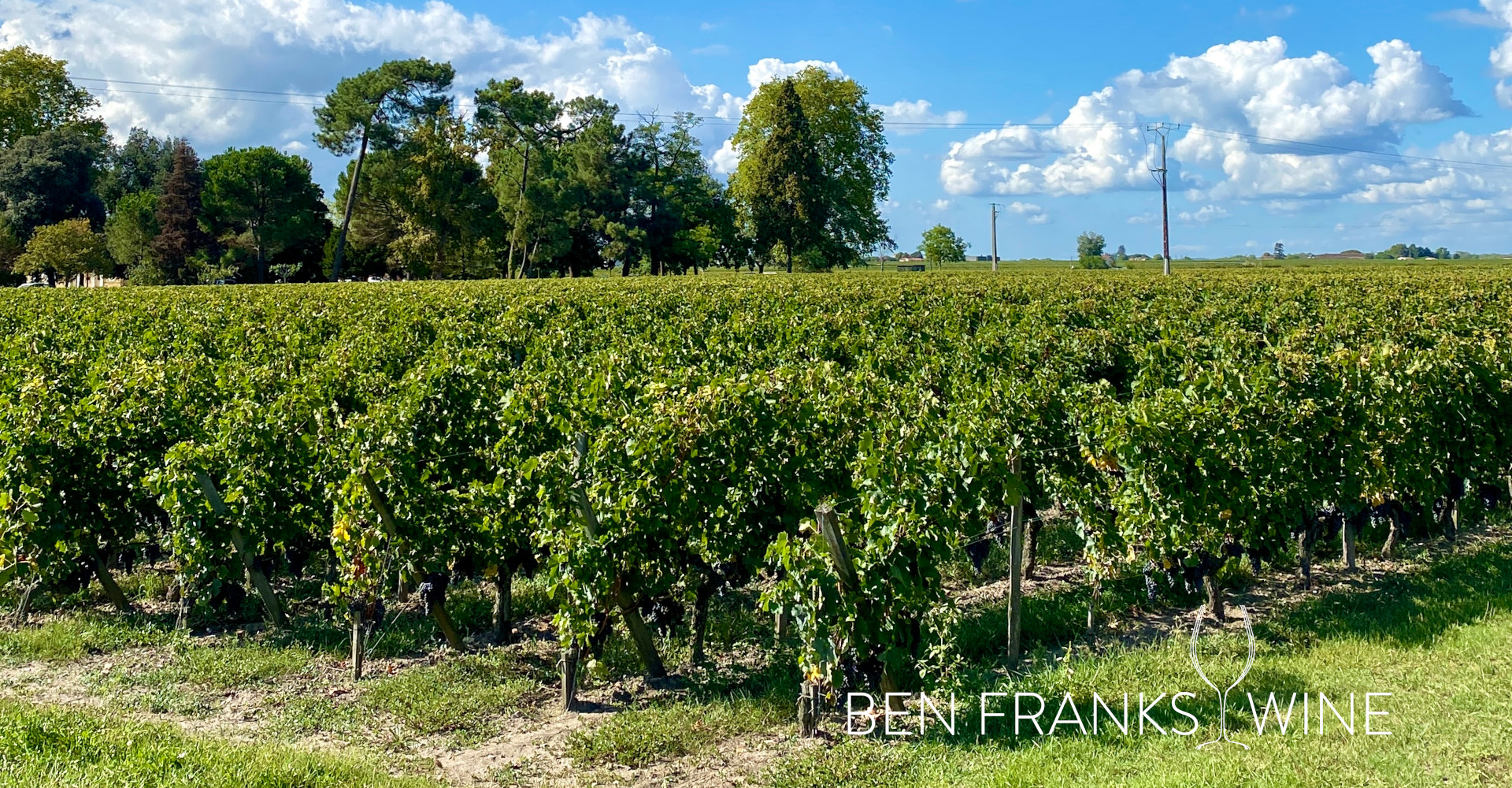
Vines at Château Jean Faure
Next door to famous neighbour Cheval Blanc, Château Jean Faure has farmed organically since 2004, and been certified AB since 2017. Certification was previously deemed an unnecessary expense, but they believe it is now important for consumers. 2023 is the first year Jean Faure has had Biodyvin certification, after three years of conversion. Much like La Dauphine, Jean Faure recognises the difficulties of adhering to biodynamic processes in the cellar as well as the vineyard, so took their time to fully convert to being biodynamic.

Beehives at Château Jean Faure
Here as well, biodiversity is seen as the foundation for a healthy vineyard. Historic native species like apple and apricot trees are being reintroduced. Grass is sown to regulate the vigour of the vines rather than ploughing. Their only intervention is the use of sulphites, at the same level as used in organic wine, used for the stability and ageability of the wines. Jean Faure, as any business, has to balance the ethics of being sustainable with the need for wine sales and the longevity of their Grand Cru wines. An attempt to stop providing wooden cases for bottles for example, stalled when 95% of négociants still requested them for en primeur wines.
Copper vs chemicals
Environmental preservation remains important even amongst estates without organic certifications. Château Quintus does not farm organically but does not use herbicides or insecticides, and minimal sprays are applied by hand only when necessary. As well as conforming to the environmental standard ISO14001, Quintus has formed an environmental group with other châteaux to have collaborative discussions about pesticides, biodiversity and working to preserve their land.

Vines at Chateau Quintus
Quintus’s big sister Château Haut Brion previously used copper sprays in place of chemical sprays, but after studies into the downsides of high copper levels in soils, stopped their use. Bordeaux mixture, a fungicide developed in the region to combat downy mildew, is made from copper sulphate, lime and water. Sprayed onto vine leaves, the mixture gets washed by rain into the soils and breaks down extremely slowly. High levels of copper can reduce vine vigour and have been shown to be bad for both plant and animal health. While trials into alternatives continue, some vineyards have decided they would prefer to prioritise vine health and quality grapes, even if that means using small amounts of chemical sprays.
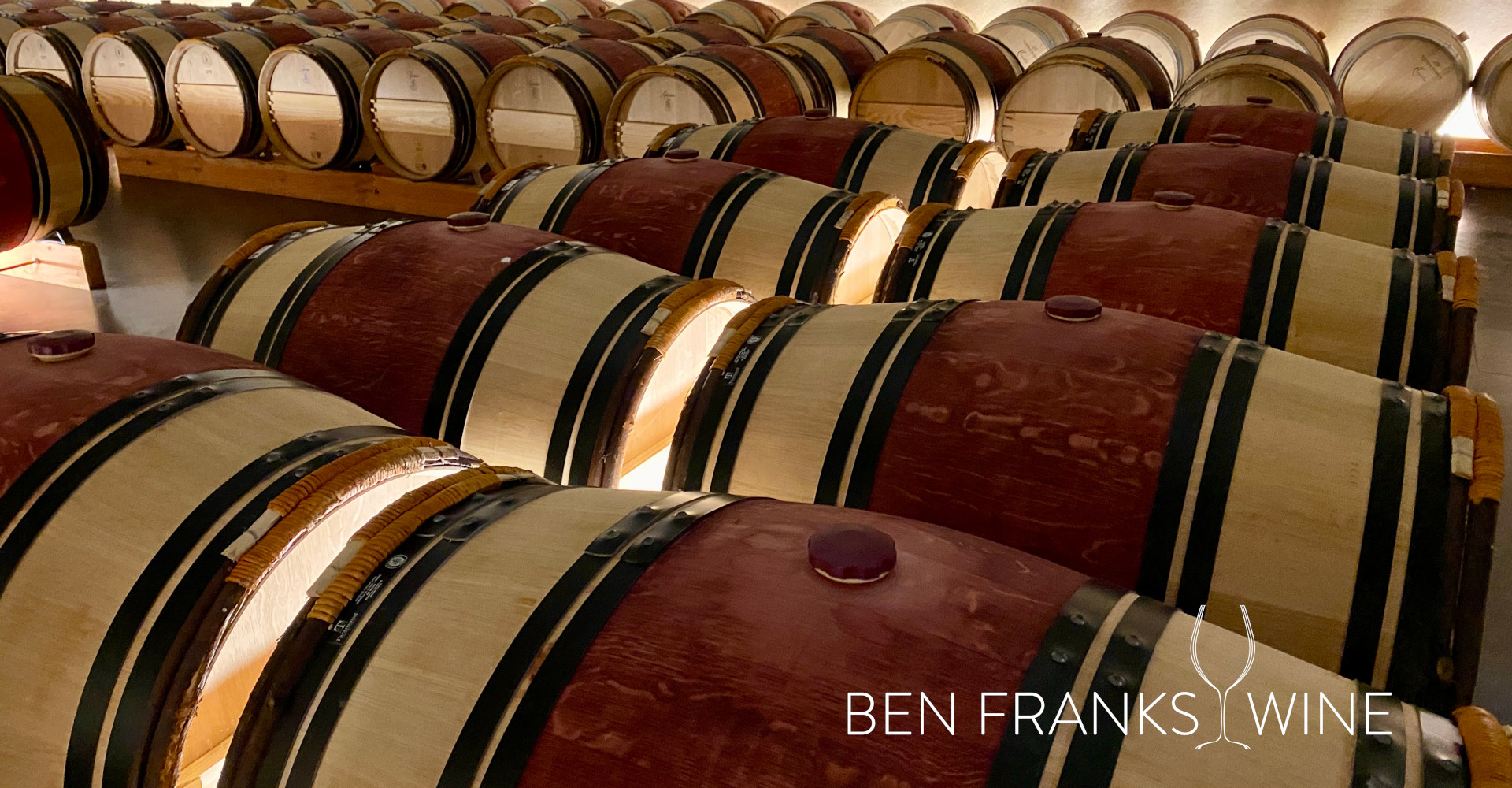
The barrels in the cellar at Chateau Quintus
The future of sustainability in Bordeaux
In recent decades Bordeaux Wine Council (CIVB) has promoted various initiatives to support sustainability. The increase in sustainably certified vineyards from 35% in 2014 to 75% in 2021 went a long way towards achieving their targets. The corporate and social responsibility initiative, ‘Bordeaux Cultivons Demain’ (Bordeaux, we are cultivating tomorrow, by hand) is a new focus.
Balancing assets in a vineyard is just as important as balancing the elements in a wine. Plants, animals, people, and the land need to work together harmoniously. In Bordeaux, as elsewhere, estates need to weigh up the desire for making the best possible expressions of their wine in a sustainable way with both costs and consumer demand. Sustainability should include the enduring viability of a business as well as the preservation of the environment. As the scope of sustainability initiatives increases, those looking specifically for sustainable, organic, or even biodynamically produced wines should have no shortage of Bordeaux wines to choose from.
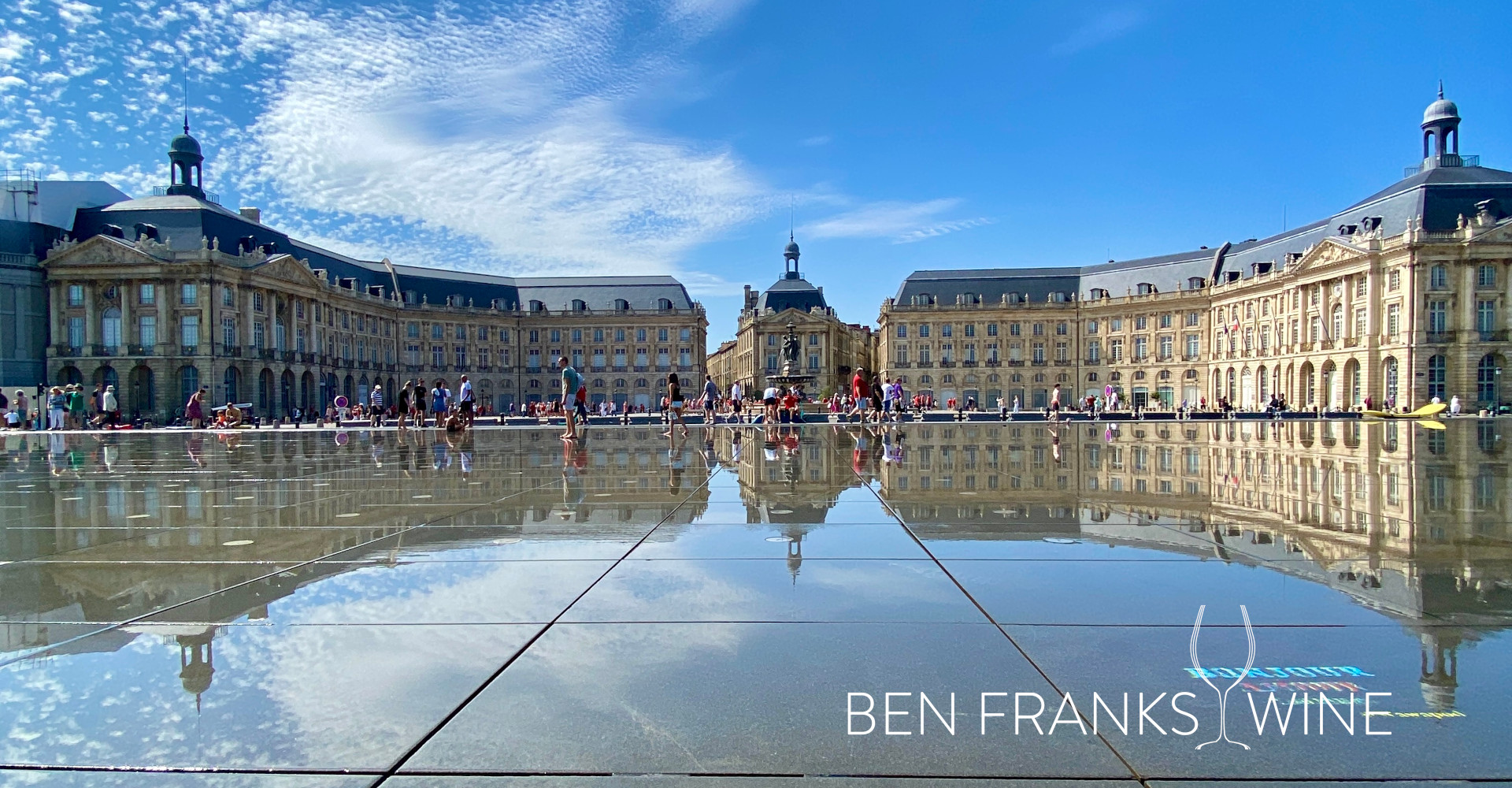
Bordeaux – what does sustainability look like?

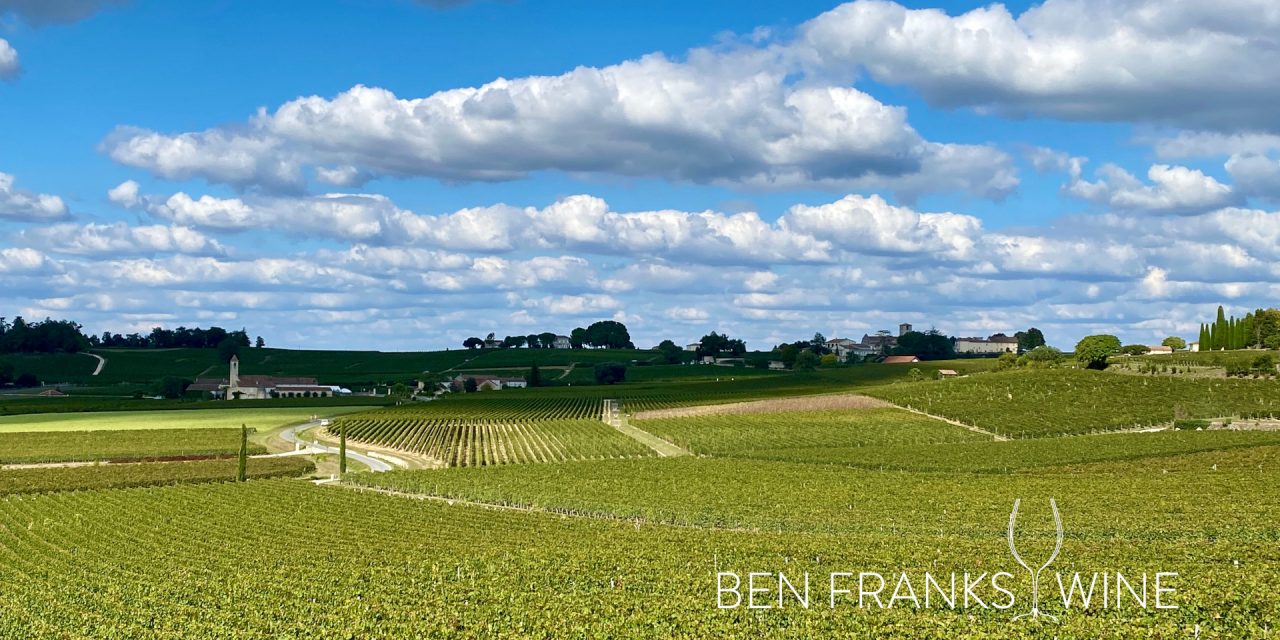
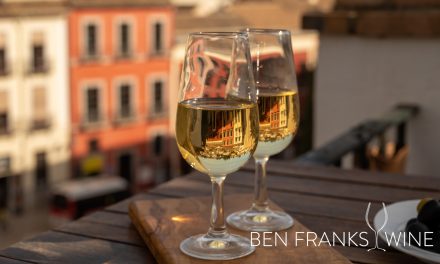
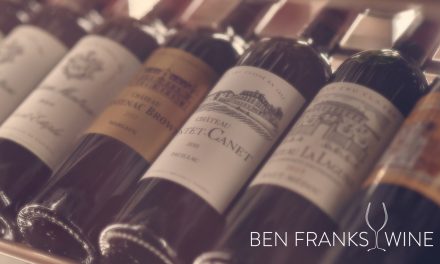
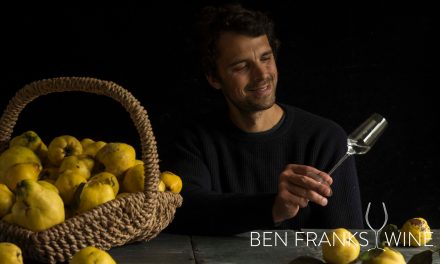
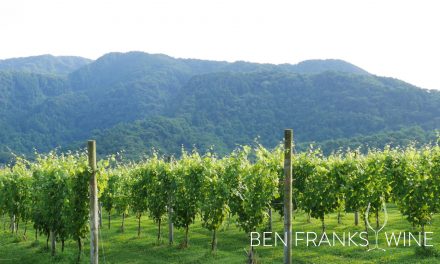

Another brilliantly insightful article from Ellie Scott, thank you.